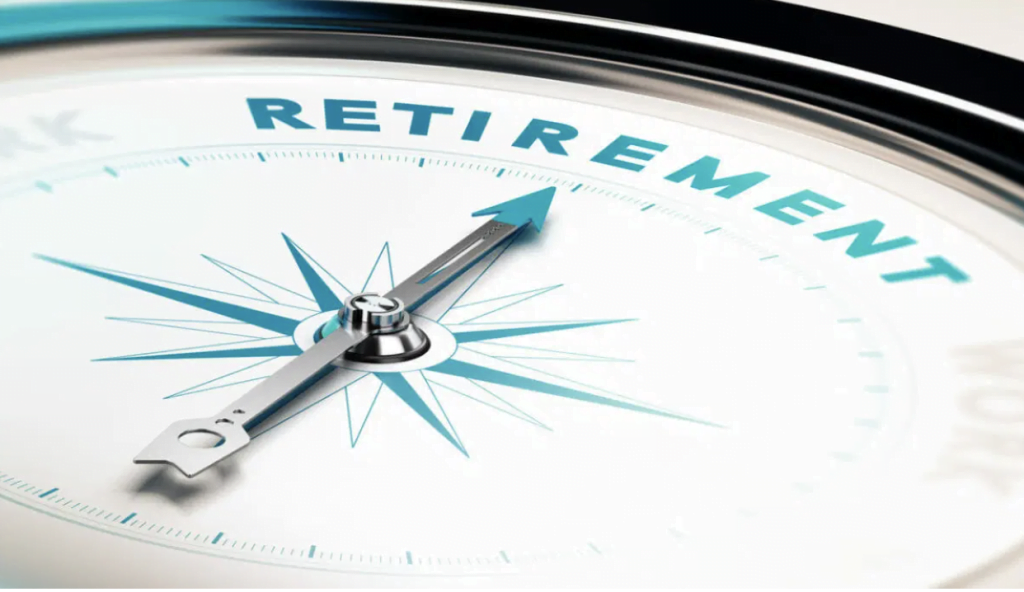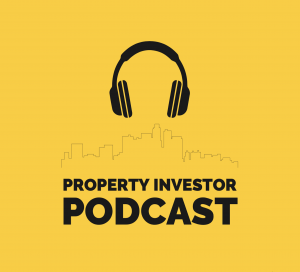Creating Equity With Renovations
Whether your goal is to flip your investment property for a quick profit or to hold it for the long term, there are various strategies to enhance your revenue from the property. A popular option is to renovate your investment property. When you decide on what to renovate for your property, think about the most wanted house features for your buyer or tenant demographics.
Different areas attract different demographics of people. For example, an inner-city suburb is more likely to attract singles or couples looking to live close to the city for work who don’t see parking spots or a backyard as essential. Houses in the outer suburbs are more likely to attract those who are looking for a spacious backyard, garage and multiple bathrooms.
So try identifying the demographic you’re after and base your renovations on them. A newly renovated kitchen is sure to attract a wide range of demographics.
A separate master bedroom with an ensuite is likely to attract growing families. So why not try and renovate a house by adding an extra bathroom and walk-in robe? Bigger families also appreciate features like a study space. These are highly sought after now that more people are looking to work from home.
There are clever ways to make more with what you have. Newer style homes tend to prioritise open plan living. This involves transforming the family room and kitchen area into one big living space. Older style homes tend to have these rooms separated by walls.
A relatively easy fix is to knock down walls. This helps to open up an old home and give the illusion of more space.
After your new renovations are complete it becomes easier to justify a rise in property value or rent. With more wanted features in your property, it’s likely to spark more healthy competition from bidders and more interest from potential tenants.










